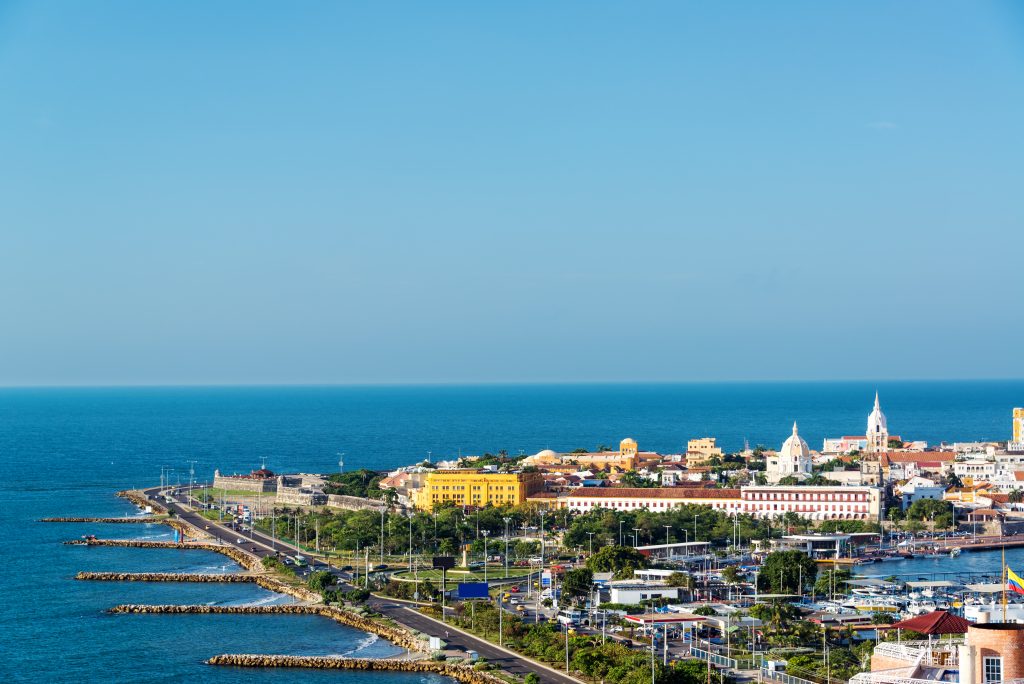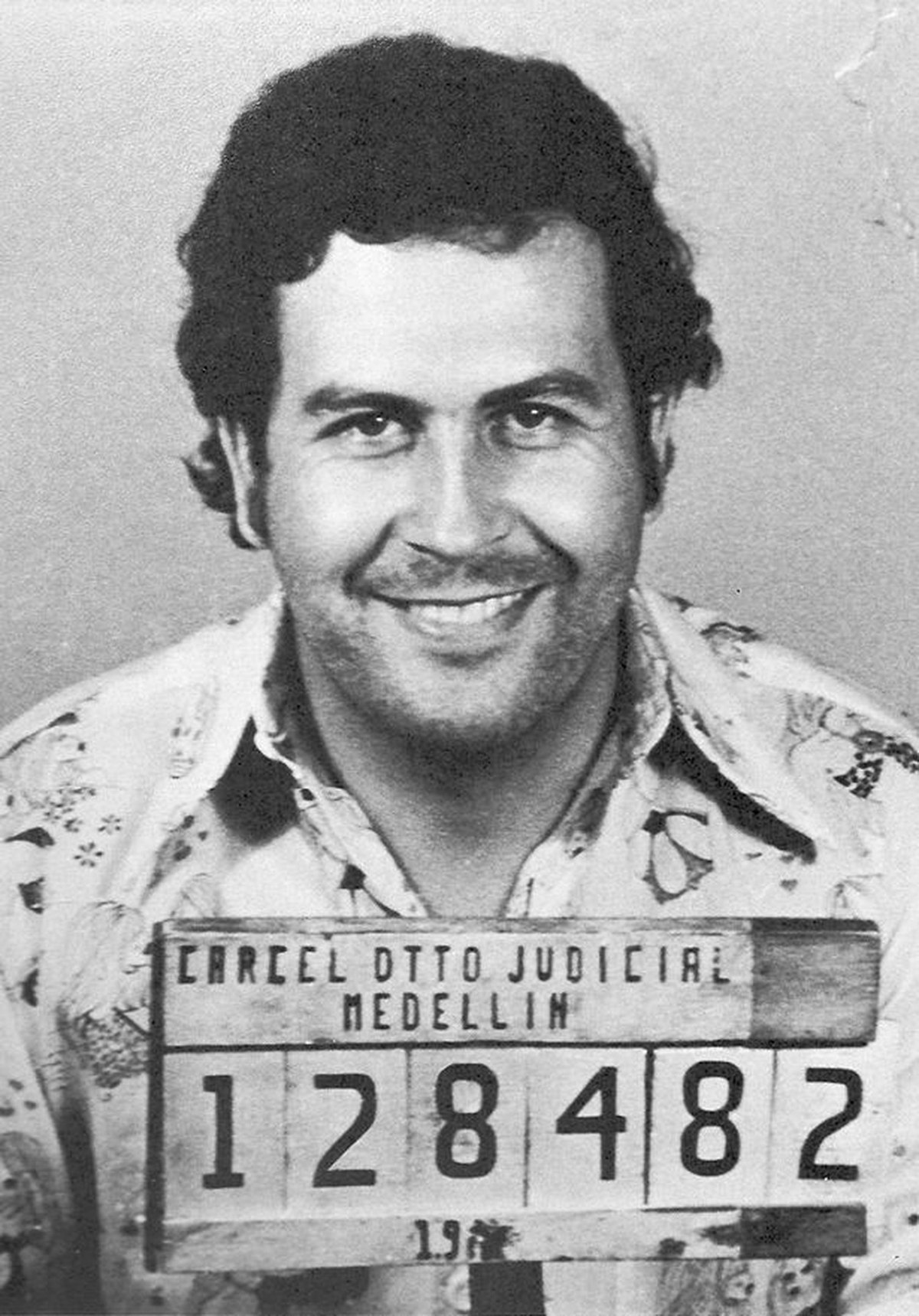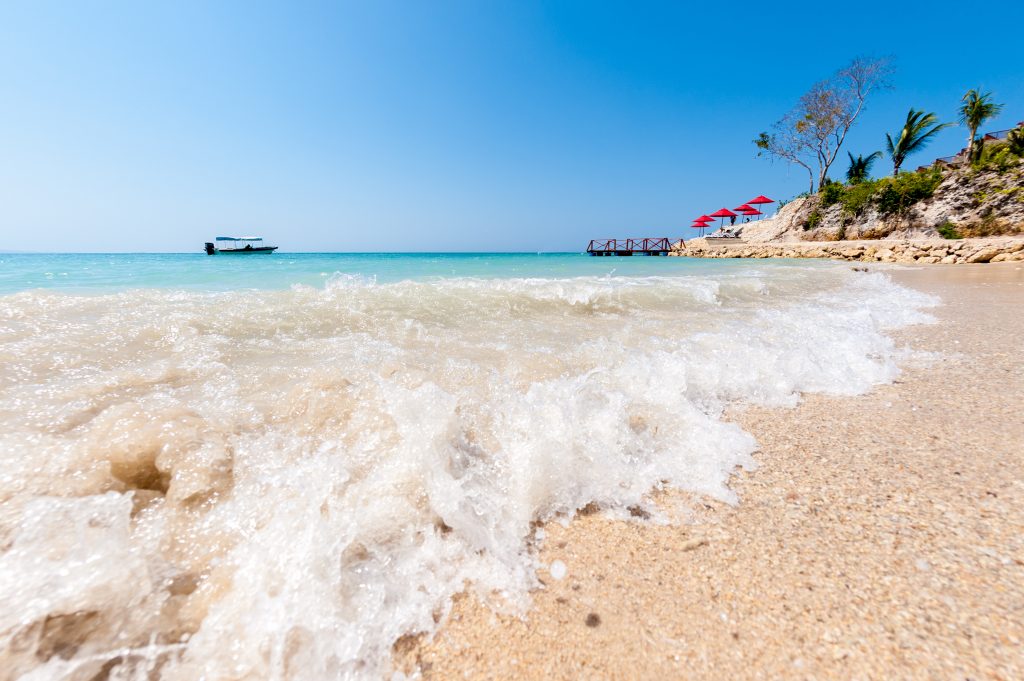 Black Friday sale is now on. Book today and save! View deals
Black Friday sale is now on. Book today and save! View deals 
Colombia From the Beginning
Colombia is one of the most enigmatic countries in all of Latin America, a land shaped by hundreds of year of migrations, conquests and struggles. Much like its neighbours, Colombia boasts a rich ancient history and suffered through a tumultuous colonial era, before declaring independence and striving to carve out its own, new, identity. Yet unlike many of its fellow Latin American nations, Colombia showcases an impressive ethnic diversity. This, alongside the array of stunning natural highlights, make Colombia an interesting place to visit and an absolutely gorgeous travel destination.

Here’s a brief overview of the history of Colombia, one of South America’s most tantalizing travel destinations.
Colombia: the early years
Colombia’s strategic location meant the land acted as a hub for Caribbean and Mesoamerican migration for thousands of years before Europeans arrived, and the earliest pottery ever found in the whole continent were discovered right here, at the remote San Jacinto archaeological site.
The discovery of 7,000 year old pottery leads experts to believe this is when nomadic tribes transitioned to farming and established settlements. This is when the cultures took immense evolutionary strides, not only in establishing cacicazgos (a feudal system) but also in developing exceptional farming, mining and metalwork skills. After the Incas, the Muisca culture of ancient Colombia are widely regarded as the most advanced ancient tribe to have existed in pre-Columbian America.

Colombia as a Spanish colony
It’s curious to learn that Colombia was named after the one conquistador who never actually set foot in the country. It was Alonso de Ojeda, and not Christopher Columbus, who was the first European to ever set foot in Colombia in 1499. The first bona-fide Spanish settlement was established in Santa Marta in 1525 and shortly thereafter in Cartagena.
By 1549 the region was declared a Spanish Colony, with Bogota as its illustrious capital. Within two short centuries, Colombia became one of the most prominent headquarters of the Spanish empire in the New World, and was made capital of New Granada which then included the territories of modern-day Venezuela, Ecuador and Panama.

When Colombia fought and won independence in 1819, with armies led by Simon Bolivar, its territory remained as it was and was renamed the Republic of Colombia. But this newfound freedom brought with it ever-increasing regional tensions, and it wasn’t too long before the country fractured, granting Venezuela and Ecuador their respective independence.
Colombia held on to the remainder of its regions with fervour and suffered terribly due to a protracted period of violent civil unrest, which led to the establishment of yet another brand new and independent country, now known as Panama, in 1903.
Yet violence and unrest had by then seeped into the very fibres of the nation’s existence, and this is something which would set the tone for the next century.
Post-independence Colombia
By the time Panama had broken away, the country was well and truly at war with itself, and the violent and very bloody struggle for power between the Conservative Party and the Liberals would continue to plague Colombia for the next five decades.
Intermittently ruled by the iron fist of the military, this is a country which has always fought with the establishment of a democratic rule. It even went through a 20-year period of alternate ruling (Liberal or Conservative every 4 years) in an attempt to quell anger and disillusionment, and to keep violence – which had become a normal occurrence – from continuing.
But by the 1970s it became clear that the biggest threat to the stability of the country came from the trade in narcotics. Colombia became a haven for cocaine production as demand for it in the US increased exponentially. And it’s this period of the country’s tumultuous history which seems to stick in people’s minds the most.
The history of Colombia in the 1970s and 80s reads like a page from a mob crime book. Guerilla warfare, kidnappings and drug busts became everyday news headlines, as the country plunged into economic depression and political instability.
The FARC made Colombia a household name all over the world, and certainly not in very favourable terms. Widespread corruption, impunity for drug traffickers and the constant reporting of indiscriminate violence in the country created a volatile atmosphere, one that seemed to obliterate any prospects of it ever becoming a tourist hub.
Yet the 1993 death of Pablo Escobar, perhaps the most famous drug lord who ever lived, signalled a desperately-needed turnaround for Colombia. The police-led shooting of Escobar sent the largest drug cartel on the planet into disarray and was a calamitous event from which it never (thankfully) recovered. This finally gave the country a chance to recover, instead.

Modern-day Colombia
Colombia has always danced to a different beat compared to its neighbours, and although each country in Latin America can be said to have lived through a similar type of history, it’s safe to say that few were as traumatic as Colombia’s.
Yet after five decades of war with the FARC, Colombia’s government reached a peace deal with the group just last year, in 2016. Yet even this issue was antagonistic, with many Colombians believing their government should have never made deal with the one group which has caused them so much grief.
People here haven’t just suffered directly from the internal warfare or had their children as young as 10 recruited into trafficking, but they’ve also been displaced and kept in abject poverty due to a lack of opportunities in a country so busy simply trying to hold itself together.

However, when all is said and done, the country’s progress over the last two decades is quite commendable. Security has increased dramatically, especially in the tourist hotspots of Cartagena, Medellin and Bogota, and it is safer now to visit than it’s ever been before.
With its warm and friendly people and its tantalising mix of allures – from Andean peaks to Caribbean beaches, Amazonian jungles, and outstanding colonial treasures – this is by far one of the most captivating countries you could ever visit. Slowly but surely, Colombia has emerged as one of Latin America’s top destinations, and providing you steer clear of remote regions (mostly bordering neighbouring countries) you’ll find this a most comfortable and safe country in which to travel.
At Chimu Adventures, we take our love for Colombia seriously and offer fantastic tours and comprehensive support every step of the way. So come discover what we’ve been saying for years: Colombia is one of the most surprising and unforgettable destinations in the world.
Discover more of our tours in South America and contact us for more info.

Where Will You Go Next ?
- Popular Destinations
- Antarctica
- The Arctic
- South America
- Central America
- More to explore
- Amazon
- Antarctic Circle
- Antarctic Peninsula
- Argentina
- Bolivia
- Brazil
- Canadian Arctic
- Chile
- Colombia
- Costa Rica & Panama
- East Antarctica
- Ecuador
- Galapagos Islands
- Greenland
- Guatemala & Honduras
- Machu Picchu
- Mexico
- Patagonia
- Peru
- South Georgia and Falkland Islands
- Spitsbergen
- Sub Antarctic Islands

Talk to one of our experienced Destination Specialists to turn your Antarctic, Arctic and South American dream into a reality.
Contact us
